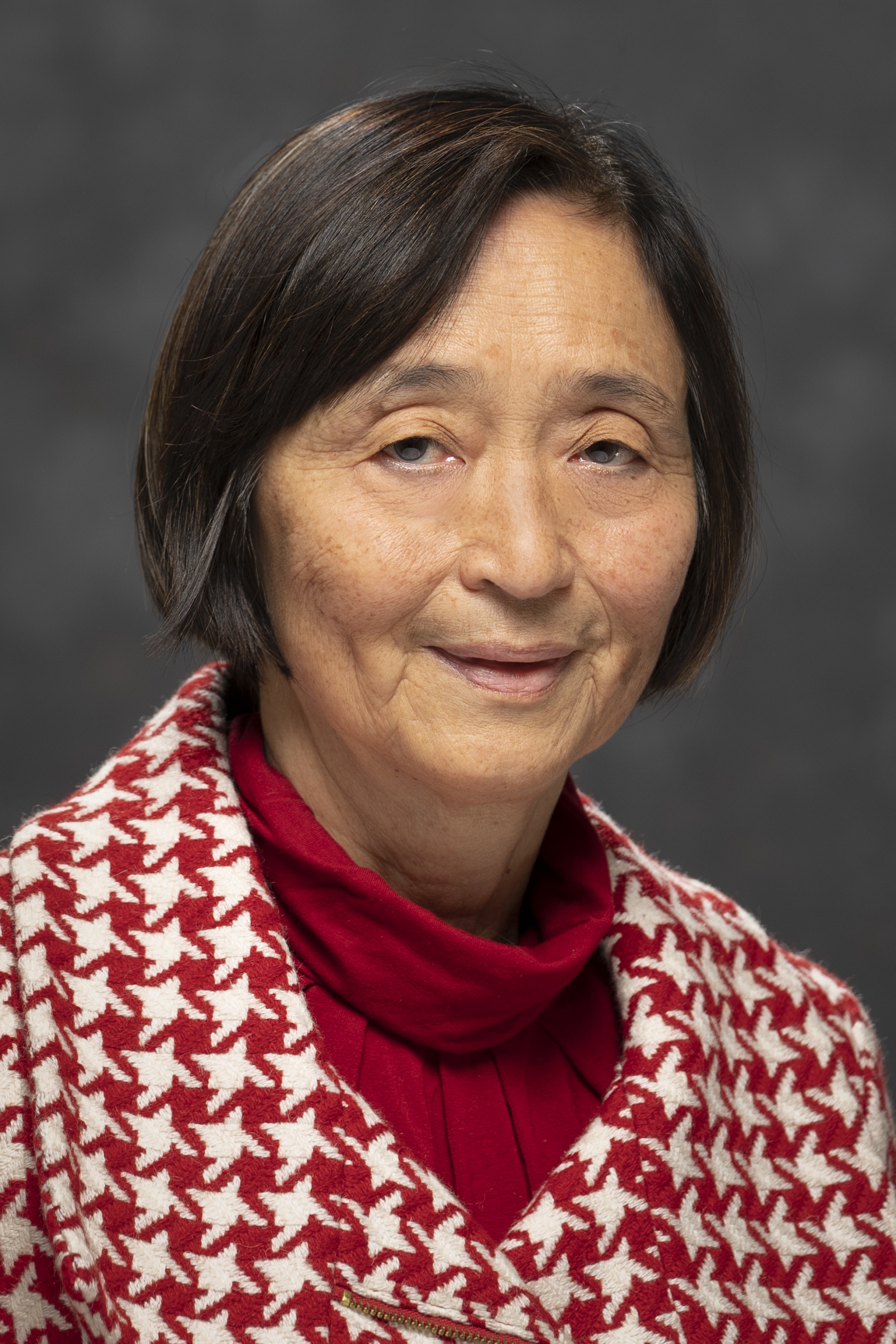Burke is elected to the National Academy of Engineering

Hsiao-hua Burke, principal staff in the Air, Missile, and Maritime Defense Technology Division at MIT Lincoln Laboratory, has been elected to the National Academy of Engineering (NAE) for her "technical contributions and leadership in the development of remote sensing techniques and systems for ballistic missile defense and space systems." One of the highest professional distinctions in engineering, this honor is accorded to those who have made notable contributions, including "the pioneering of new and developing fields of technology, making major advancements in traditional fields of engineering, or developing/implementing innovative approaches to engineering education," according to the NAE.
"NAE advocates and recognizes its members for contributing to engineering research, practice, and education. For the Laboratory, our contribution to research and practice is recognized routinely and prominently," Burke says. "Our contribution to education, though not as obvious, has also been wide and far reaching. We should definitely do more as it is our privilege and responsibility — it is our privilege as it is fun and enjoyable; it is our responsibility as it requires deliberate effort to further educate engineers of today and tomorrow."
The NAE is a part of the National Academies structure, and members of these academies convene to assist in developing and improving the effectiveness of federal regulations and government programs, guide research, and inform the public about critical issues. Burke and other newly elected individuals will be officially inducted on 29 September during the NAE's annual meeting.
"I am delighted to see Hsiao-hua elected to the National Academy of Engineering," says Grant Stokes, head of the Laboratory's Space Systems and Technology Division. "Her election was well deserved based on her long and productive career, during which she has had direct technical involvement and leadership roles in the development of many space-sensor systems to meet mission challenges of space situational awareness, missile defense, and environmental monitoring."
Burke received a bachelor's degree in physics from Tunghai University, Taiwan, and a doctorate in space physics and astronomy from Rice University, Houston, Texas, and has worked at the Laboratory since 1981. Throughout that time, she has been the assistant head of the Intelligence, Surveillance and Reconnaissance Systems (ISR) and Tactical Systems Division; associate head of the Space Systems and Technology Division; leader of the Sensor Technology and System Applications Group; and head of the Air, Missile, and Maritime Defense Technology Division. Burke also received a 2010 MIT Excellence Award for fostering diversity and inclusion.
"Beyond her technical contributions, Hsiao-hua was instrumental in changing the Laboratory's culture. She championed and initiated the creation of the Lincoln Laboratory Technical Women's Network, which had a huge impact on the Laboratory's diversity culture. She is also a kind and caring mentor to many of us, which made a lasting impact on our professional development," says Robert Shin, principal staff in the ISR and Tactical Systems Division.
"This award honors Hsiao-hua's important technical achievements in the field of remote sensing and missile defense, and her distinguished and impactful leadership record. Notably, Hsiao-hua has served as a leader at the Laboratory for most of her career, across many divisions and mission areas, including as the head of the Air, Missile, and Maritime Defense Technology Division, where I have been fortunate to have her as a role model," says Katherine Rink, who currently serves as head of that division. "Her accomplishments and leadership record are impressive, and even more so when you realize that she has been a trailblazer in these roles, often serving as the first woman to hold a particular leadership position, such as the first female division head."
In addition to her election to the NAE, Burke has been the recipient of numerous honors. She received the 2001 National Security Space Architect Award for her work on the Hyperspectral Strategy study. From 2006 to 2010, Burke was a member of the Air Force Scientific Advisory Board, where she chaired and participated in studies and received the Department of the Air Force Award for Meritorious Civilian Service. Burke was also named a 2013 Fellow of the American Institute of Aeronautics and Astronautics.
"I am humbled and excited to receive this honor. I do feel this recognition is really a reflection of what we, as a team at the Laboratory, have accomplished. And I happen to be the carrier of this distinction. I am proud and grateful to be part of this great team," Burke says.